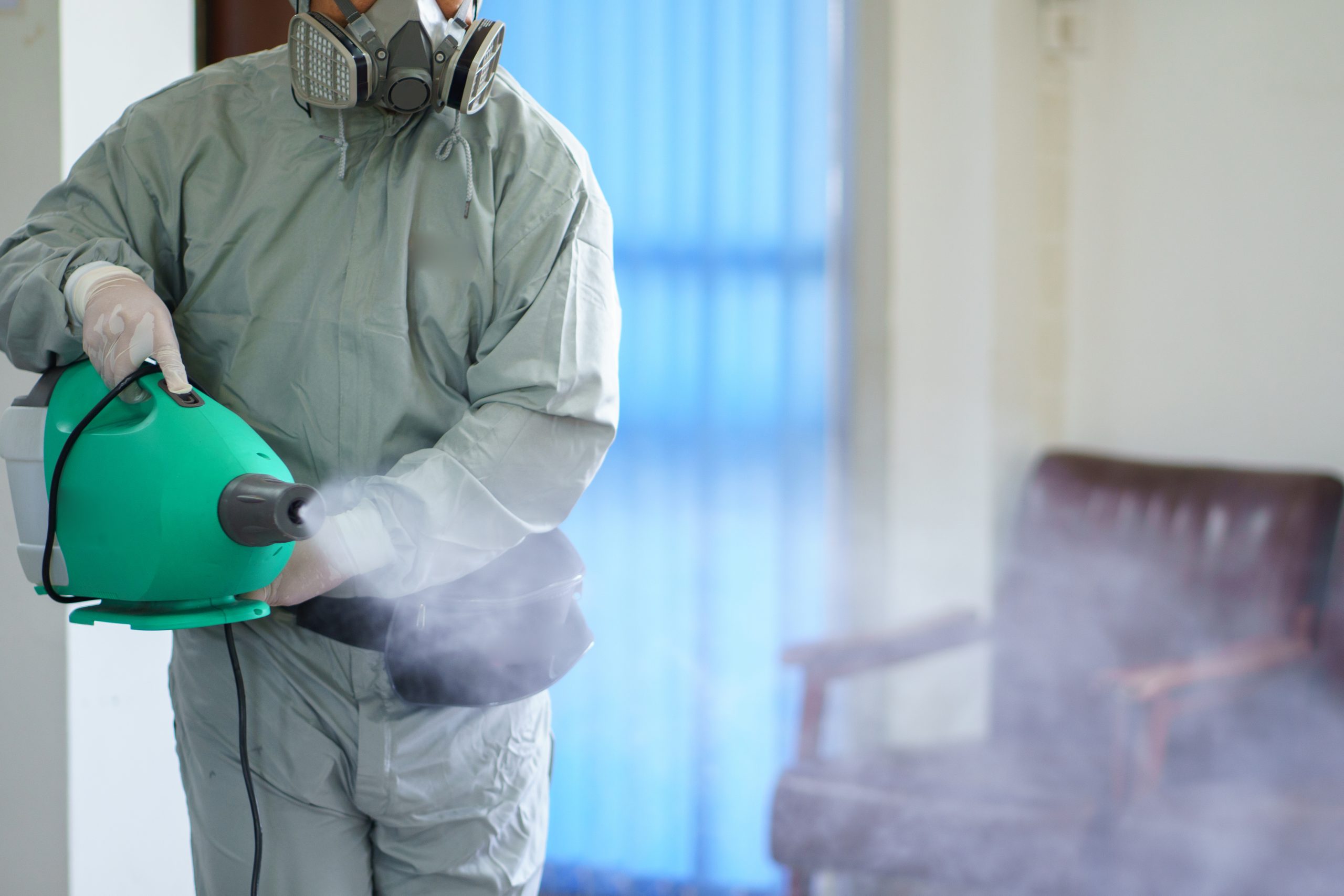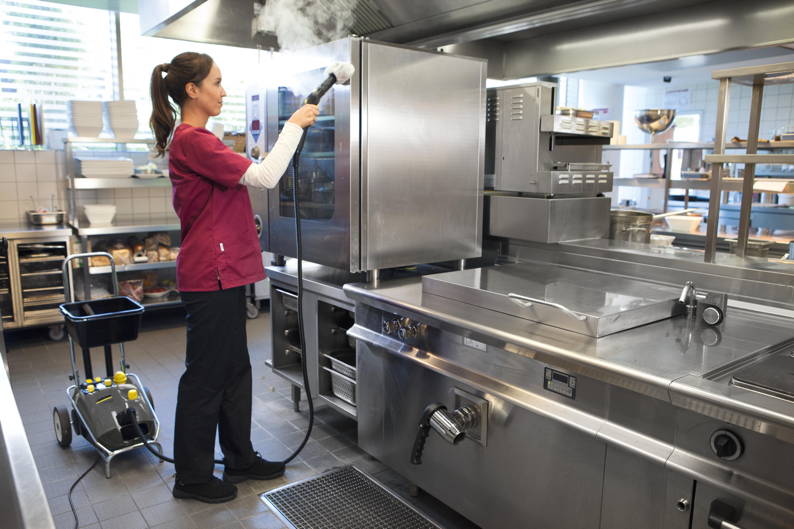OSHA Air Quality Standards and the Sick Building Syndrome
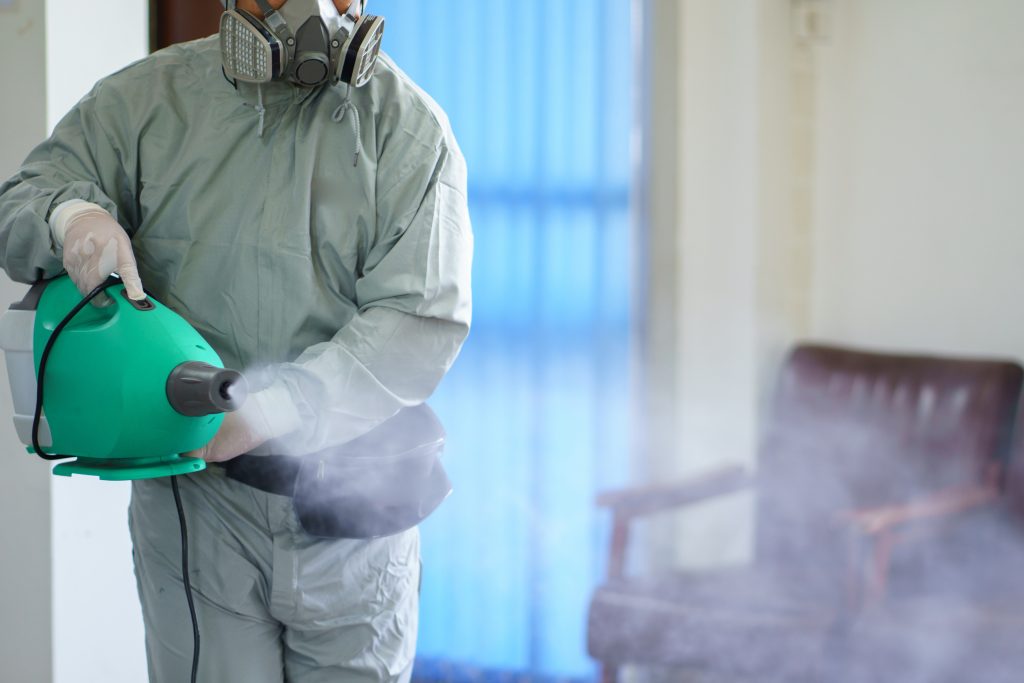
- What is OSHA standard air quality?
- What is acceptable indoor air quality?
- What are the 4 OSHA standards?
- What is OSHA’s role in relation to indoor air pollution?
- What is the Sick Building Syndrome?
- What are the main causes of Sick Building Syndrome?
- How do you test for Sick Building Syndrome?
- Who defined Sick Building Syndrome symptoms?
- How do you tell if your office is making you sick?
- Preventing Sick Building Syndrome Among Workers
- Joncowest: Your Partner in Keeping with OSHA Air Quality Standards
As an employer or building owner, indoor air quality standards according to the Occupational Safety and Health Administration should be taken up urgently. The consequence can be anywhere from uncomfortable working conditions to having a whole building of sick workers as your HVAC system can rapidly recirculate poor quality air, which can affect practically all of the building’s occupants.
The National Institute for Occupational Safety and Health Administration or OSHA requires employers to follow the OSHA Health Act of 1970 and General Duty Clause of the OSH Act. In particular, employers must provide their employees a safe working environment so that there are no hazards that could cause serious safety or health issues or even death. This includes OSHA Air Quality Standards, which detail particular guidelines to ensure good indoor air quality (IAQ) in the workplace.
What is OSHA standard air quality?
While OSHA states that there is no single test to check the indoor air quality, it clearly states that it is the responsibility of the employers/building owners to check the comfort and conduciveness of the workplace. The factors that affect indoor air quality include:
- the right temperature
- the humidity
- airflow
- inspection and testing of ventilation
- the heating and air conditioning systems are working according to the requirements for building use
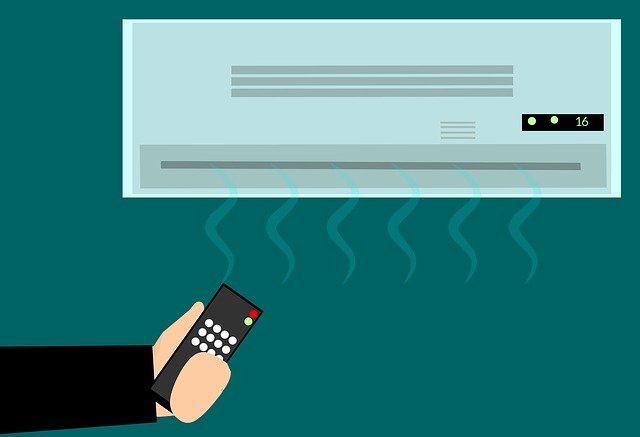
The building owners should also check for odors and leaks which can cause the growth of mold and mildew. Pest droppings are also a possible source of germs circulating in the air. These can lead to asthma, allergic reactions, skin irritation, and respiratory illness of the building’s occupants.
What is acceptable indoor air quality?
For acceptable indoor air quality, carbon dioxide levels can only be up to a maximum of 1000 parts per million (ppm). Should the level go beyond 1000 ppm, this is a possible indication of inadequate ventilation. The temperature should be between 68-75F° during the heating season and relative humidity of 60%. During the cooling season, the temperature should be between 73-79F and relative humidity of 50%.
As for employees’ exposure to chemicals, there are certain guidelines set at the federal, state, or local government units for such pollutants as formaldehyde, carbon monoxide, radon, chlorine, carcinogenic aerosols, volatile organic compounds, and other air or biological contaminants such as viruses, bacteria, and mold/mildew.
What are the 4 OSHA standards?
OSHA has 4 categories of occupational safety and health standards: General Industry, Construction, Maritime, and Agriculture. as each category has its own risks.
What is OSHA’s role in relation to indoor air pollution?
OSHA has certain guidelines for employers to ensure indoor air quality for its employees and building’s occupants. These include maintenance of the heating, ventilation, and air conditioning (HVAC) system, routine cleaning of office spaces and common areas, and proper storage of cleaning and other chemicals in the workplace such as volatile organic compounds, and carcinogenic aerosols. There are also air pollutants such as asbestos and formaldehyde that can lead to long-term ill effects on one’s health.
What is the Sick Building Syndrome?
“Sick Building Syndrome” is a term to describe a situation wherein the workers and occupants of a building manifest health issues/acute diseases that can possibly be linked to or identified with the time spent in the building. These symptoms may be any of the following: headaches, fatigue, shortness of breath, allergy-like symptoms, or eyes, nose, and skin irritation.

What are the main causes of Sick Building Syndrome?
The main causes of Sick Building Syndrome (SNS) are poor indoor air quality due to poor ventilation and ill-maintained HVAC systems; lack of fresh air; the presence of mold and mildew due to leaks, exposure to hazardous environmental chemicals such as formaldehyde (in furniture and flooring) or asbestos, environmental pollutants such as in ongoing construction.
Outdoor sources such as chemical contaminants from motor vehicles and building exhaust systems are also contributing factors. HVAC systems can rapidly circulate the causes of SBS.
How do you test for Sick Building Syndrome?
There is no definite test for sick building syndrome, but this can be considered a possible outcome especially when there is an increased occurrence of symptoms or diseases among the workers and occupants of the building. These may include respiratory diseases such as asthma and allergic rhinitis, skin, eyes, nose, and throat irritation, headache, fatigue, and dizziness.
Who defined Sick Building Syndrome symptoms?
It was the World Health Organization that coined the term “Sick Building Syndrome” in 1986 after their observation wherein up to 30% of newly constructed buildings in the West suffered from poor indoor air quality.
How do you tell if your office is making you sick?
You can tell if your office is making you sick if you experience acute symptoms such as headache, dizziness, respiratory ailments, skin, nose, or eye irritation, fatigue and seem to linger or get worse the longer you stay on the premises. It may disappear upon leaving the building, but some symptoms may manifest after so. When more of your co-employees are experiencing this, it is then most likely due to sick building syndrome.
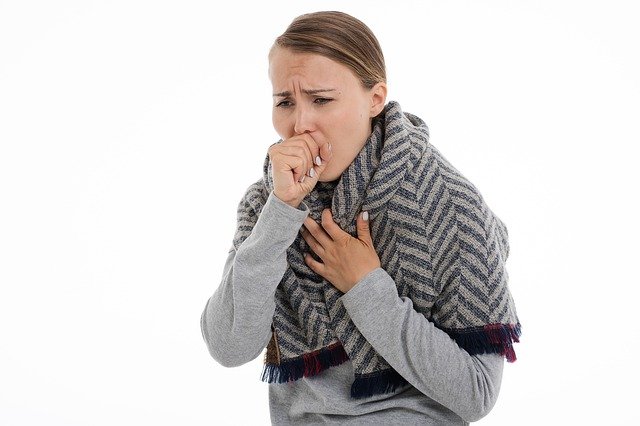
If you believe that you have reason to believe it is sick building syndrome that you are experiencing, you can first talk to your employer about having the ventilation and the HVAC system checked. If this still fails, you can report anonymously to any of the OSHA offices nearest you.1
As an employer, this is something you do not want because it results in poor productivity, absenteeism, and low employee morale.
Also, while OSHA cannot shut down an office due to an employee’s complaint, it can recommend and the court can order you to shut down operations until you have complied with the guidelines of the OSHA’s Air Quality Standards.
Preventing Sick Building Syndrome Among Workers
Molds easily grow where there are water leaks.Credits: Wiki
1. For chemical contaminants from outdoor sources. This includes pollution from motor vehicle exhaust or building exhaust. Make sure your building’s intake vents are located in a place far from these exhausts.

2. For chemical contaminants from indoor sources. Volatile organic compounds (VOC) primarily come from chemicals such as pesticides, cleaning agents we use. However, they also from items such as adhesives, upholstery, carpeting, copy machines, manufactured wood products. Store your chemicals away from work areas; keep copy machines farther away from work areas too!
3. Electromagnetic radiation. Prevent the emission of electromagnetic radiation from electronic devices such as microwaves, computers, and TVs by properly grounding them.
4. Humidity and temperature check – maintain the temperature and humidity at the recommended levels. During the heating season, the temperature should be between 68-75F° and relative humidity of 60%, During the cooling season, the temperature should be between 73-79F and relative humidity of 50%.
5. Proper ventilation. The American Society of Heating, Refrigeration, and Air-Conditioning Engineers has recently revised ventilation standards to a minimum outdoor airflow rate of 15 cfm/person to improve indoor air quality.
6. Biological contaminants – Have professional cleaners deep clean, disinfect, and sanitize all surfaces from desks to floors and walls. Commercial cleaners have high-grade disinfecting chemicals and the most efficient and sophisticated cleaning equipment. This enables performing sanitizing tasks in a fast and efficient manner. Proper garbage disposal also prevents pest infestation.
Joncowest: Your Partner in Keeping with OSHA Air Quality Standards
Joncowest is your partner in keeping the indoor air quality in check to greatly improve productivity, reduce absenteeism, and make your overall office operations efficient. Aside from greatly reducing viruses, fungi, and bacteria from the surface and those deep into office carpets, we likewise check for leaks to prevent the growth of molds.
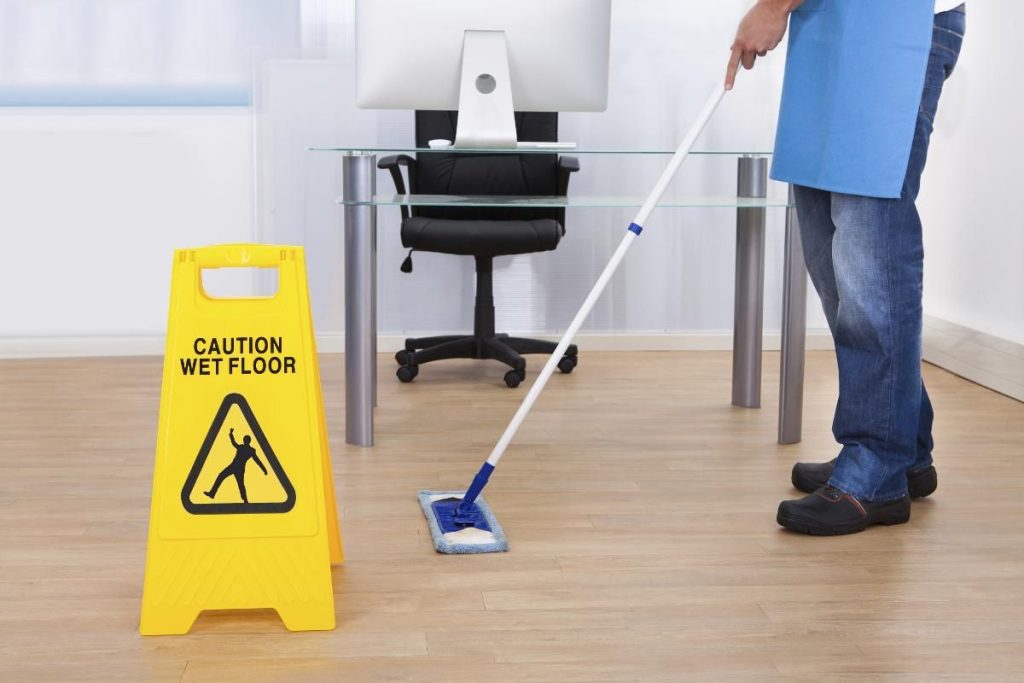
Lastly, with the proper garbage disposal, pest infestation is greatly reduced. This can be another serious problem especially when you are in the food and beverage manufacturing business.
Contact Joncowest for your commercial cleaning and sanitation needs. We help keep your indoor air quality and overall workplace health and safety in check for more productive and efficient business operations.
FAQ'S
Bad indoor air can make you sick for a long time with things like asthma and allergies. It might hurt your heart and make your life shorter.
Poor indoor air quality (IAQ) can lead to health issues like asthma and allergies. It may also need help with focus and productivity.
Use air purifiers and ventilation to improve indoor air quality.
Avoid smoking indoors and minimize the use of harmful chemicals.
Keep your living space clean and maintain HVAC systems regularly.
Air quality has a substantial environmental impact which affects ecosystems and overall environmental health.

